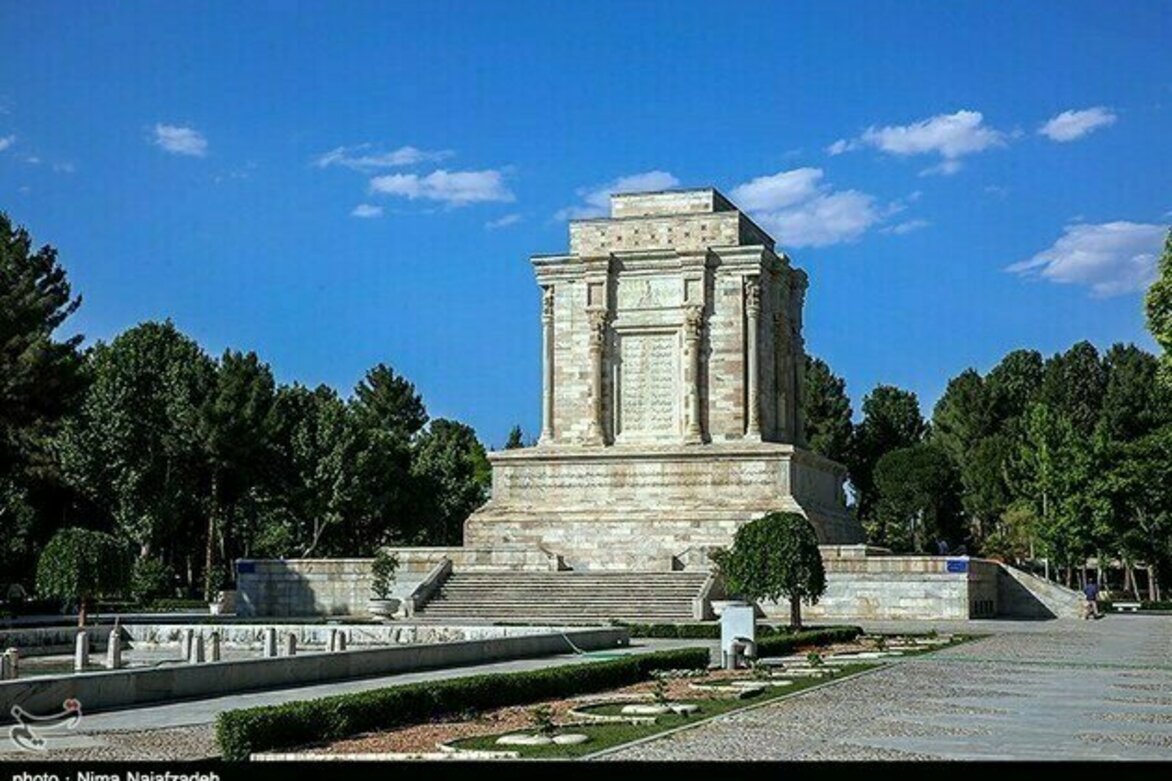Tomb of Ferdowsi Attracts Visitors in Irans Khorasan
Tasnim
16 May 2025

TEHRAN (Tasnim) - The mausoleum of Persian poet Ferdowsi is located in Toos, northeast of Iran.
- Tourism news -A few centuries after the Arab invasion, amongst the effects caused by the Arabic language, Persian was gradually fading out. In order to revitalize his native language, Ferdowsi opted for poetry and epic.
Although prior to him, there were other poets that attempted to fight for the language through poetry, Ferdowsi was the one who put in thirty years in order to foster the foundations of Persian word by word.
He, himself, said, Much I have suffered in these thirty years; I have revived the language with my verse.
By employing history and a wide variety of myths, legends and epic, Ferdowsi composed a masterpiece of poetry, known as Shahnameh, which still, after hundreds of years, is of great pleasure to read, and all the more, a quite well-documented heritage of history, literature and for that matter culture of the Iranian nation.
His burial chamber is in the vicinity of Toos, a city close to Mashhad. The tomb is located in a quite deservedly magnificent construction, wherein one can feel the zeal and passion which is comparable to that of the book, itself.
The tomb was designed by prominent Iranian architect and designer, Houshang Seyhoun. The tombs of Ibn Sina, Kamal ol Molk, and Nader Shah Afshar are also the other examples of his distinguished designs.
The facades are made up of marble and pillars are decorated in Achaemenid architectural style. There is also some calligraphy of verses of Shahname on them. The chamber is in the middle of a 6,000 square meter green site which is also home to the Toos Museum and a library.
Toos museum, also designed by Houshang Seyhoun, consists of different parts with various artifacts and artworks on display.
One part is dedicated to pots, coins, and other artifacts that archaeologists have discovered in the vicinity of Toos.
In another section, in order to create a better sense of the era, ancient horse riding equipment, such as shields, clubs, bows and arrows as well as battlefield musical instruments are on display.
There are also a number of historical hand-written scripts of Shahnameh, as well as paintings and carpets, inspired by the stories of the book on the show.
Source: Visitiran.ir
